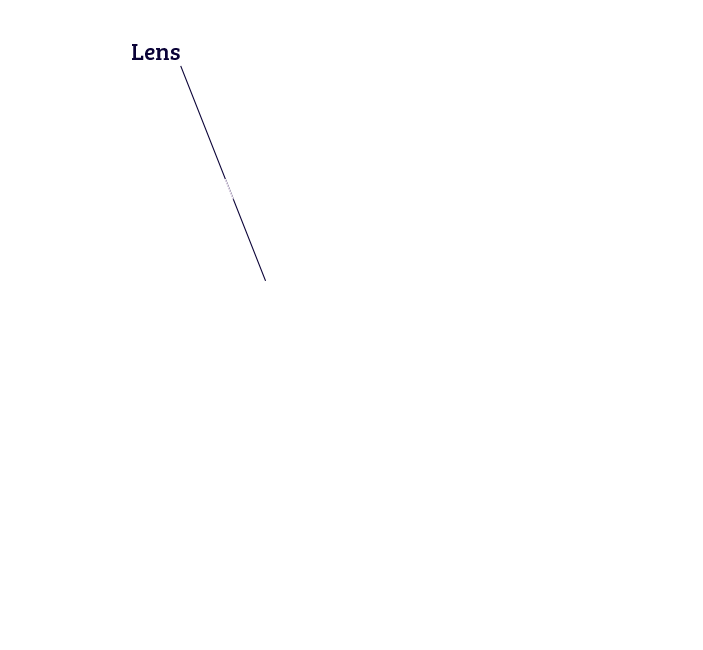Do you know what to do if you get sand in your eye? What if someone accidently elbows you in the eye during the game? Here are tips for dealing with some of the most common eye injuries. Remember to act fast and get help from an adult.
If particles, like sand or dust, get into your eyes, don’t rub! Wash your eyes out with waterIf you get hit in the eye with a ball, rock, or elbow, gently put a cold compress on your eye for 15 minutes. This should make the swelling go down and relieve the pain. Have an adult take you to the doctor.
If a chemical from a class experiment, cleaning fluid, or battery acid splashes in your eye, wash your eye out with water for at least 10 minutes. Have an adult take you to the doctor immediately.
If an object like a stick or pencil gets stuck in your eye, don’t pull it out. This is very serious. Have an adult put a loose bandage on your eye. Don’t put any pressure on the object. Have an adult take you to the doctor immediately.
































































